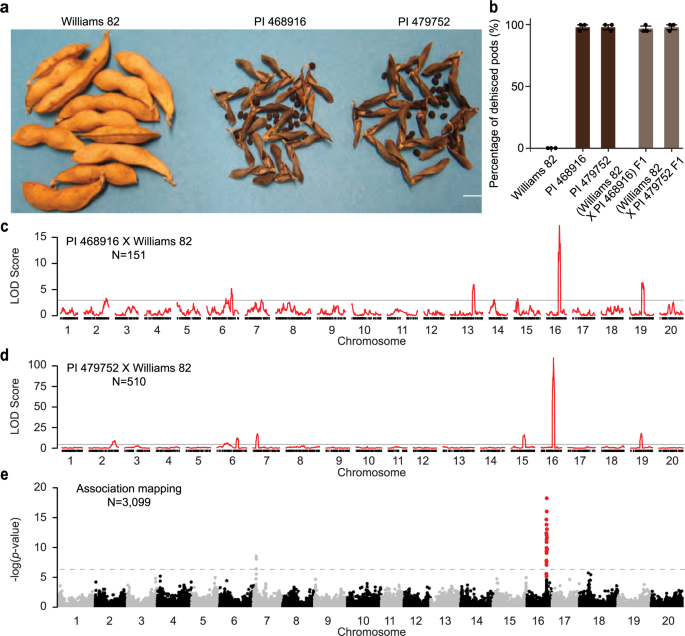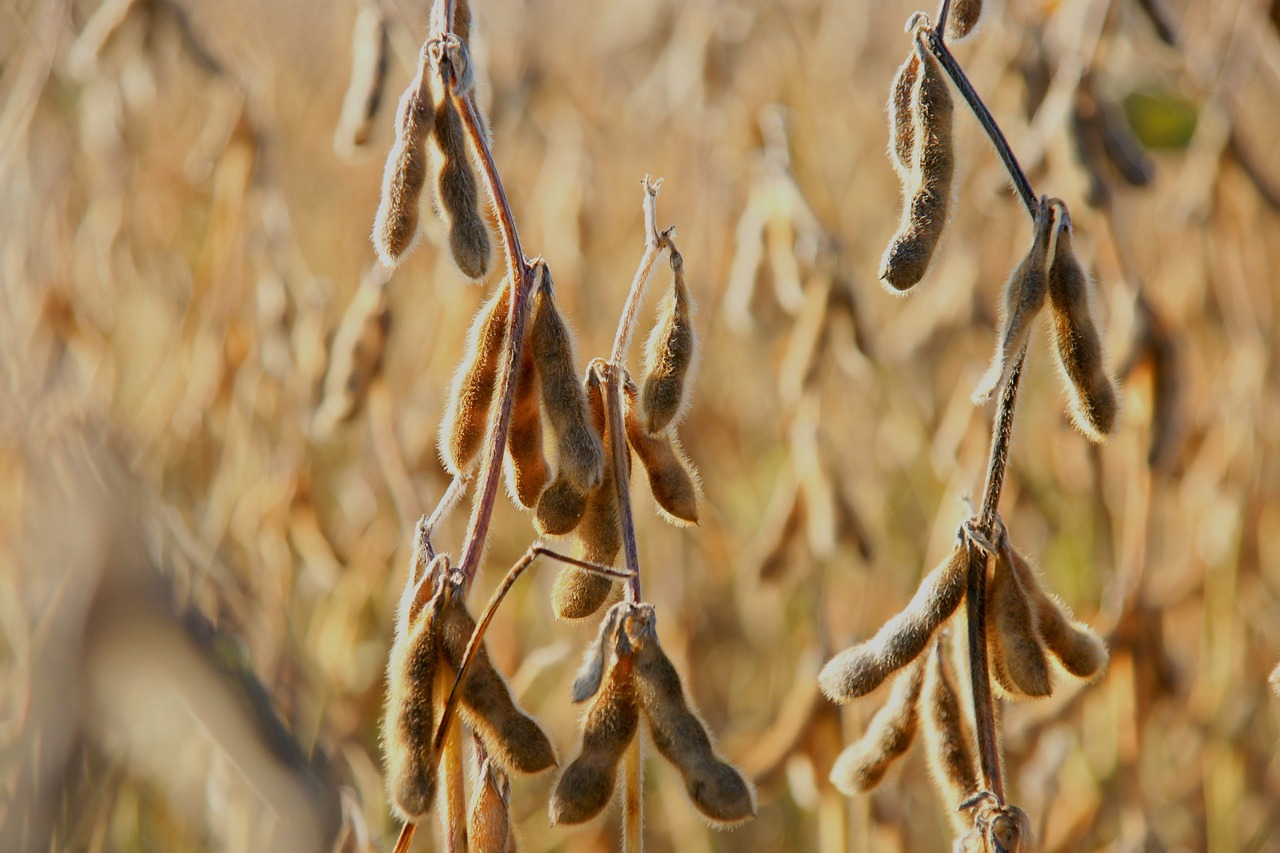Soybeans are an essential crop globally, and it wouldn’t be an exaggeration to say that soybean products are on our tables every day. One of the challenges that significantly impacts soybean yield is “pod shattering,” which refers to the ease with which seeds scatter when dry. Reducing shattering minimizes yield loss and makes harvesting easier, ensuring stable productivity. A recent study has shed light on the genes responsible for this trait.

The Problem of Soybean Pod Shattering and Its Importance
Soybeans are one of the most important crops worldwide, and their production volume and quality significantly affect food supply and agricultural economies. However, the phenomenon known as “shattering,” where soybean pods naturally split open during harvest, leads to yield loss and represents a significant problem for farmers. While shattering is an effective seed dispersal strategy in the wild, it is undesirable in agricultural settings. Therefore, developing varieties resistant to shattering is a critical challenge to improve the stability of soybean harvests.
“Pdh1 Gene” and “Sh1 Gene”
The Pdh1 and Sh1 genes are evolutionary adaptations in soybeans that facilitate widespread seed dispersal in nature. These genes make wild soybeans more prone to pod shattering. However, in agricultural production, where shattering increases harvesting costs, this trait becomes a disadvantage. Therefore, it was essential in agriculture to manipulate these genes to evolve soybeans toward reduced shattering. Breeding programs have focused on selecting varieties with mutations in the Pdh1 and Sh1 genes, leading to the development of soybean varieties with enhanced resistance to shattering.
To prevent shattering, a genetic-level understanding is crucial. Previous research revealed that the Pdh1 and Sh1 genes affect the strength and structure of the pod walls, adjusting their susceptibility to shattering. Mutations in these genes have led to the selection of plants where shattering is suppressed. However, the detailed mechanisms behind this remained unclear.
Latest Research on Shattering Mechanisms
The recent study delved into how the Pdh1 and Sh1 genes contribute to shattering resistance through a series of experiments. First, the researchers created genetically modified soybeans with mutations in both the Pdh1 and Sh1 genes. These genetically modified soybeans had reduced function in the Pdh1 and Sh1 genes. By comparing these modified soybeans with wild-type soybeans, the researchers could closely examine how the Pdh1 and Sh1 genes influence pod shattering.
Using a microscope, they observed the pods’ structure. The results showed that in soybeans with mutated Pdh1 and Sh1 genes, the cell walls became thicker and more robust, making the pods less susceptible to external forces and significantly reducing yield loss during harvest. Conversely, in wild-type soybeans, where the Pdh1 and Sh1 genes function normally, the cell walls were thinner, making the pods more prone to shattering.
Moreover, the researchers identified the specific timing when the Pdh1 and Sh1 genes typically function. In wild-type soybeans, the expression of these genes peaks during the “maturation phase” of the pods, ensuring that they shatter at the optimal time when fully mature. In the genetically modified soybeans with mutated genes, these genes did not function during the maturation phase, resulting in stronger pods that resist shattering and prevent seed loss.
Toward Breeding Soybean Varieties with Reduced Shattering
This study presents a new breeding approach for enhancing shattering resistance in soybeans. Soybeans with reduced function in the Pdh1 and Sh1 genes may soon be developed as standard varieties.
While the Pdh1 and Sh1 genes are involved in pod robustness, future research should focus on identifying other factors influencing shattering. For instance, specific environmental conditions have been known to reduce shattering, so determining these environmental factors and understanding how these genes interact with others could lead to the development of even more resistant varieties.
Moreover, these findings are not only applicable to soybeans but could also be extended to other crops. Although “resistant to shattering” might seem like a simple trait, its impact is significant in modern agriculture, where mass production is the norm. Many crops besides soybeans produce pods, so improving shattering resistance has the potential to enhance harvest stability across global agricultural production. In the pursuit of sustainable agriculture, such genetic-level improvements are crucial for stabilizing food supplies.




コメント